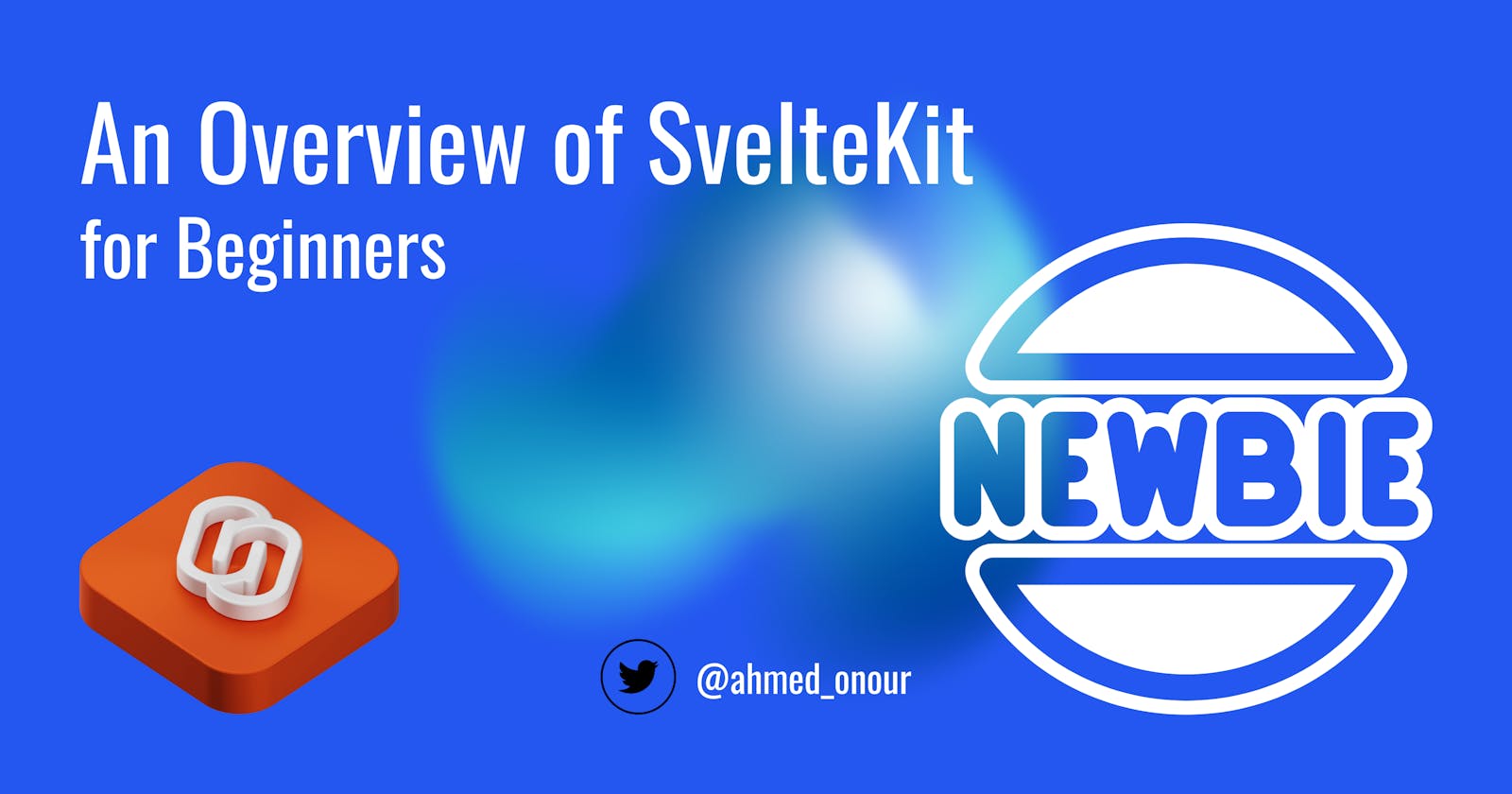Introduction
In the dynamic landscape of web development, a new hero has emerged from the shadows—Svelte. Among its arsenal, SvelteKit shines brightly, a framework designed to make web development not just efficient, but a joy. This post will serve as your guide to SvelteKit, a beacon in the vast universe of Svelte.
The Significance of SvelteKit
SvelteKit is not just another framework—it’s a game-changer. It’s built on Svelte’s philosophy of compiling your code to minuscule, framework-less vanilla JS. SvelteKit brings to the table advanced features like server-side rendering (SSR), static site generation (SSG), and client-side navigation. These are not just features; they are the pillars of modern web development.
Unraveling SvelteKit
SvelteKit is a meta-framework—a framework for building frameworks. It provides a set of conventions and utilities that make it easier to build web applications. It’s like having a seasoned guide while you traverse the treacherous terrains of web development. It handles routing, server-side rendering, and module federation, allowing you to focus on crafting the components that make up your application.
Practical Examples
Let’s look at a simple SvelteKit application:
<script>
import { onMount } from 'svelte';
let message = '';
onMount(async () => {
const res = await fetch(`api/hello`);
message = await res.text();
});
</script>
<h1>Hello {message}!</h1>
In this example, we’re using the onMount function from Svelte to fetch data when the component mounts. We then display this data in our component. It’s like magic, but it’s just SvelteKit.
Best Practices
When working with SvelteKit, remember these golden rules:
Component Design: Keep your components small and focused. Each component should have a single responsibility. It’s like a well-rehearsed orchestra, each instrument playing its part to perfection.
Asynchronous Handling: Use Svelte’s lifecycle methods like
onMountto handle asynchronous operations. It’s like having a personal assistant who takes care of the chores while you focus on the bigger picture.State Management: Use Svelte’s built-in state management capabilities. Avoid introducing complexity with external state management libraries unless necessary. It’s like having a well-organized toolbox where everything is within reach when you need it.
Conclusion
SvelteKit is a powerful ally for any web developer. It provides a set of conventions and utilities that simplify the process of building web applications. By understanding and effectively using SvelteKit, you can significantly improve your web development process.
Remember, the key to mastering SvelteKit, like any other tool, lies in consistent practice and exploration. So, roll up your sleeves and dive into the exciting world of SvelteKit. Happy coding!

